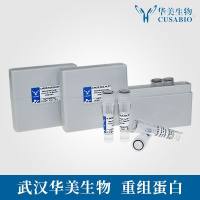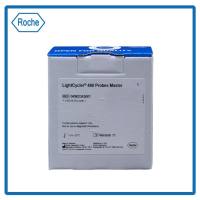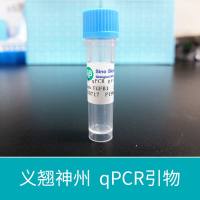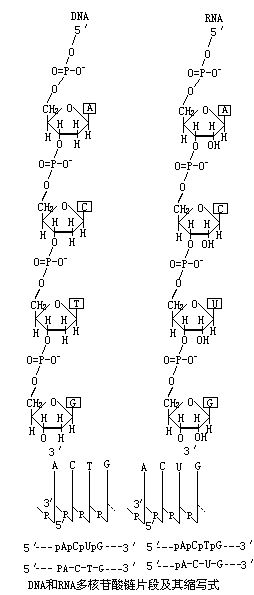Selection of Fluorophore and Quencher Pairs for Fluorescent Nucleic Acid Hybridization Probes
互联网
459
With the introduction of simple and relatively inexpensive methods for labeling nucleic acids with nonradioactive labels, doors have been opened that enable nucleic acid hybridization probes to be used for research and development, as well as for clinical diagnostic applications. The use of fluorescent hybridization probes that generate a fluorescence signal only when they bind to their target enables real-time monitoring of nucleic acid amplification assays. The use of hybridization probes that bind to the amplification products in real-time markedly improves the ability to obtain quantitative results. Furthermore, real-time nucleic acid amplification assays can be carried out in sealed tubes, eliminating carryover contamination. Because fluorescent hybridization probes are available in a wide range of colors, multiple hybridization probes, each designed for the detection of a different nucleic acid sequence and each labeled with a differently colored fluorophore, can be added to the same nucleic acid amplification reaction, enabling the development of high-throughput multiplex assays. It is therefore important to carefully select the labels of hybridization probes, based on the type of hybridization probe used in the assay, the number of targets to be detected, and the type of apparatus available to perform the assay. This chapter outlines different aspects of choosing appropriate labels for the different types of fluorescent hybridization probes used with different types of spectrofluorometric thermal cyclers.










